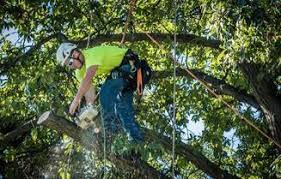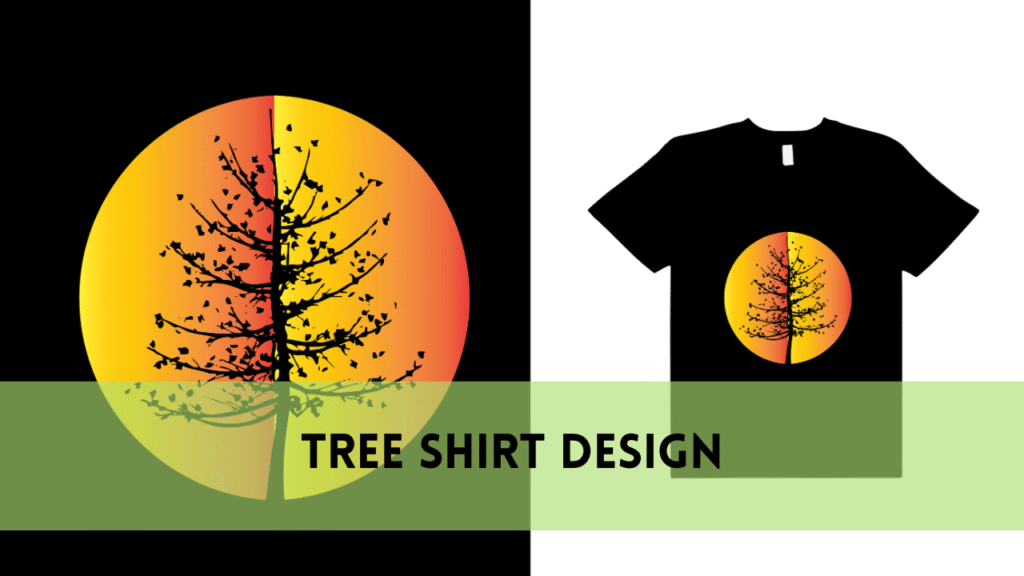Tree Brush Removal
In the complex dance of urban growth and environmental protection, arborists’ clearance of tree brush for site cros emerges as a critical technique. This tutorial is an instructive excursion into the realm of arboriculture, unravelling the complexity involved in the painstaking removal of trees and shrubs. Arborists, as protectors of green ecosystems, navigate this delicate balance with skill and elegance. As we progress through the complete guide, the complexities of tree brush removal become clear, demonstrating the junction of technical proficiency, legal compliance, and environmental responsibility. Arborists and enthusiasts alike will acquire significant insights into the artistry of sustainable arboriculture, in which foliage removal complements the preservation of nature’s rich tapestry.
Navigating the Landscape: Understanding Tree and Brush Removal Dynamics
Arborists go on the complex process of tree and brush clearance, finding themselves engaged in a dynamic landscape where preservation meets transformation. This section goes into the numerous aspects of arboriculture, including how removing trees and bushes necessitates a deep understanding of ecological balance, client needs, and the overall environmental impact.
Arborists serve as navigators, carefully assessing the scale of the removal, recognizing the unique features of each tree and brush, and devising the most successful approaches. The dynamics go beyond the physical act and include the complex interplay of legal compliance, environmental impact, and client expectations. By unravelling these complications, arborists create a harmonious removal process, in which the landscape is cautiously traversed with a watchful eye on sustainability.
Legal Harmonies: Compliance in Arboriculture
Legal considerations make up the harmonies that guide arborists in their quest of appropriate tree and brush clearance. This part delves into the legal landscape, where compliance with regulations and environmental legislation is critical for arborists to perform their arboreal symphony.
Local restrictions, permits, and environmental legislation serve as the sheet music arborists must follow. Navigating these legal complexities not only ensures the legality of tree and brush removal but also adds to overall environmental and communal peace. Arborists must follow certain legal guidelines, ensuring that each removal is a compliant and organized. Arborists explore this legal symphony to harmonize their skills with the regulatory environment, resulting in a melody of responsible and sustainable arboriculture.
Tree brush removal
The Arborist’s Toolbox: Mastering Equipment and Techniques
Arborists, like experienced artisans, use a specific toolkit to reveal the core of their profession in tree and brush removal. This section digs into the symphony of equipment and techniques, demonstrating arborists’ ability in sculpting the arboreal landscape with precision and flair.
At the heart of their toolbox is the adaptable chainsaw, a virtuoso tool that allows arborists to make accurate cuts. Pruning shears follow suit, gently shaping foliage to get the desired look. Rigging equipment, the unsung hero, orchestrates branch descents while assuring safety and efficiency.
However, the modern arborist’s toolkit goes beyond traditional methods. Advanced procedures like directional falling and sectional disassembly demonstrate the progress of arboricultural practices. These tactics, similar to notes in a composition, emphasize the technical expertise that arborists bring to each removal.
Arborists use sustainable approaches into their toolset to align with environmentally conscious trends. Wood recycling and low-impact removal methods emerge as eco-friendly highlights, demonstrating a dedication to environmental care.
Arborists elevate tree and brush clearance to the status of an art form by mastering this symphony of tools and procedures. Each cut and removal demonstrates their expertise, resulting in not only cleared grounds but landscapes moulded with the elegance of arboricultural virtuosos.
Environmental Guardianship: Mitigating Impact Responsibly
The chapter of environmental guardianship evolves as a story of responsibility and stewardship in the arborist’s story. This section looks at the proactive tactics that arborists use to reduce the ecological impact of tree and brush removal, ensuring that each act of removal contributes to, rather than detracts from, environmental health.
Arborists employ eco-friendly practices as a way to reduce their influence. Recycling wood and green garbage becomes a priority, reducing the environmental impact of removals. Furthermore, arborists use low-impact removal procedures, carefully planning each step to minimize disruption to nearby ecosystems and species.
Environmental guardianship is not just a theoretical concept; it is integrated into the fabric of arboricultural operations. By focusing on sustainability, arborists move beyond the position of mere foliage removers to become caretakers of the natural world, leaving a legacy of responsible and influential arboriculture for future generations. In this story, tree and brush removal combines necessity with environmental preservation.
Related Posts:
Collaborative Symphony: Engaging Clients with Communication and Negotiation
Arborists conduct the symphony of tree and brush removal, harmonizing with clients via good communication and negotiation. This section delves into the art of client engagement, a collaborative process in which transparency, understanding, and negotiation result in a symphony of mutual satisfaction.
The first step is to communicate effectively. Arborists interpret technical details into client-friendly language, ensuring that all information is understood. This transparency establishes a foundation of trust, which is essential for the collaborative nature of the removal process. Negotiation, the delicate movement within the symphony, entails addressing client concerns and matching removal plans to their expectations.
FAQS
Can arborists remove trees without a legal permit?
Arborists must obtain permits for tree brush removal, which vary by location. Compliance with local regulations is critical.
How do arborists reduce environmental effect during removal?
Arborists use eco-friendly procedures like as wood recycling and smart removal methods to reduce the environmental impact of tree brush removal.
Is tree brush removal different from regular tree removal?
Yes, tree brush removal requires the removal of both trees and brush, demanding a more extensive strategy.
What communication tactics do arborists employ during negotiations?
To create relationship with clients, effective communication involves using clear language, highlighting safety precautions, and demonstrating previous experiences.
How can clients ensure that neigh bouring vegetation is preserved during the removal process?
Arborists use strategic removal techniques and site planning to guarantee that adjacent vegetation is preserved during tree brush removal.
Conclusion
In the intricate tapestry of arboriculture, the completion of the tree and brush removal guide represents the end of a trip through the delicate balance of preservation and transformation. Arborists, as green landscape stewards, strike a delicate balance between technical expertise, regulatory compliance, and environmental responsibility with each removal. The guide’s exploration highlights the complex dynamics of removal, legal harmonies, tool expertise, environmental stewardship, and collaborative interaction with clients as crucial notes in the arborist’s symphony. The combination of site cros and arboriculture creates a distinct melody in this work, demonstrating arborists’ adaptability to a variety of removal conditions.




